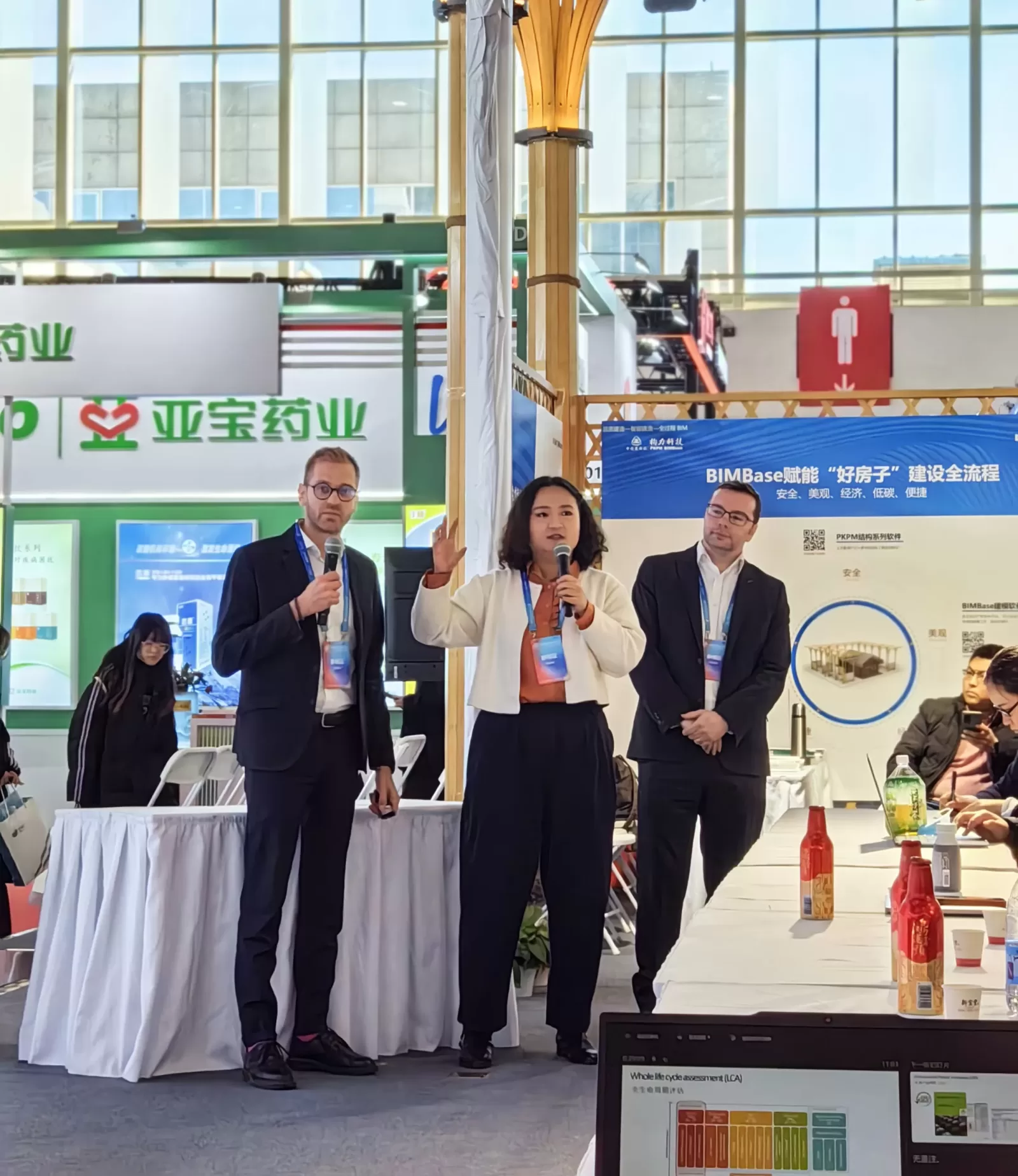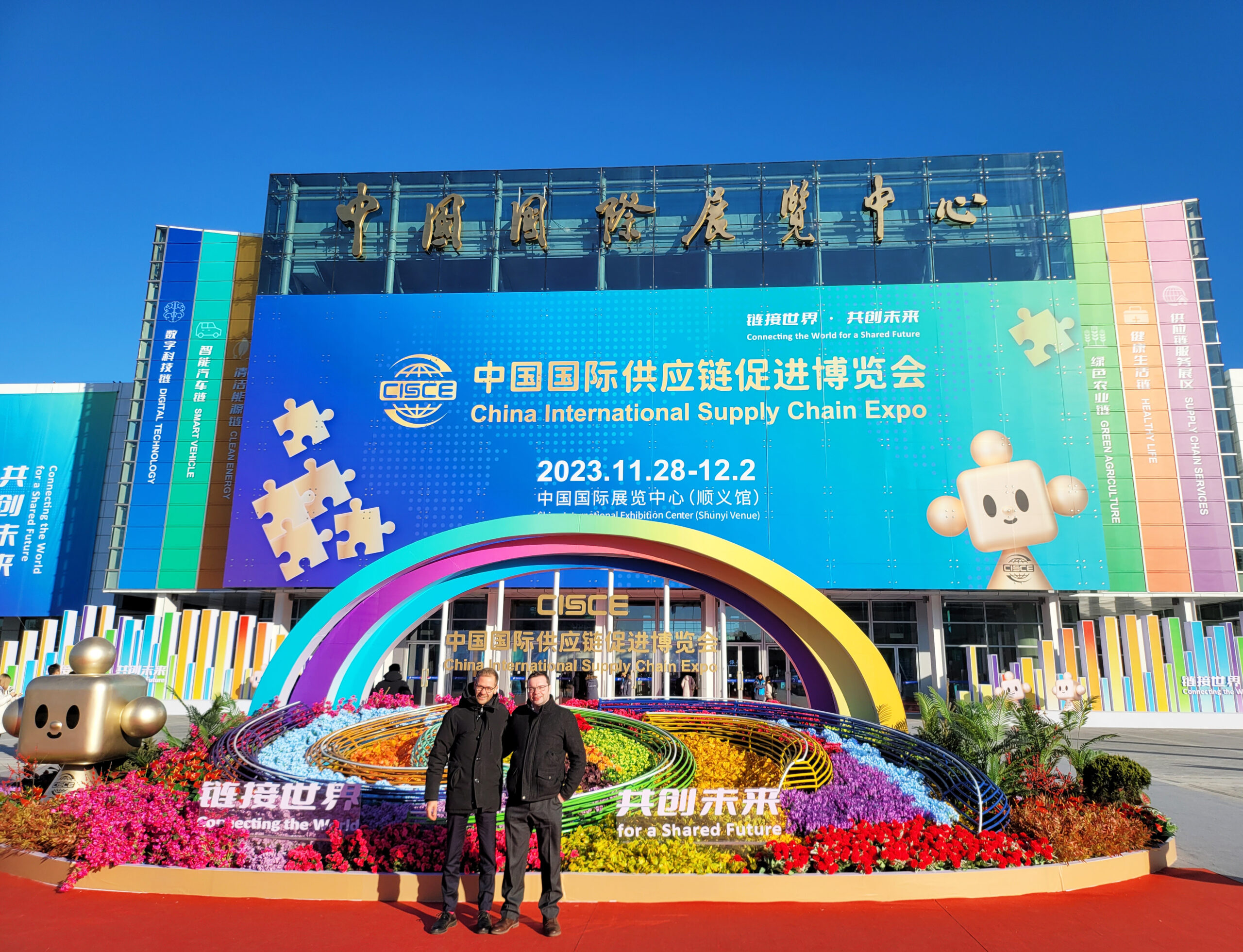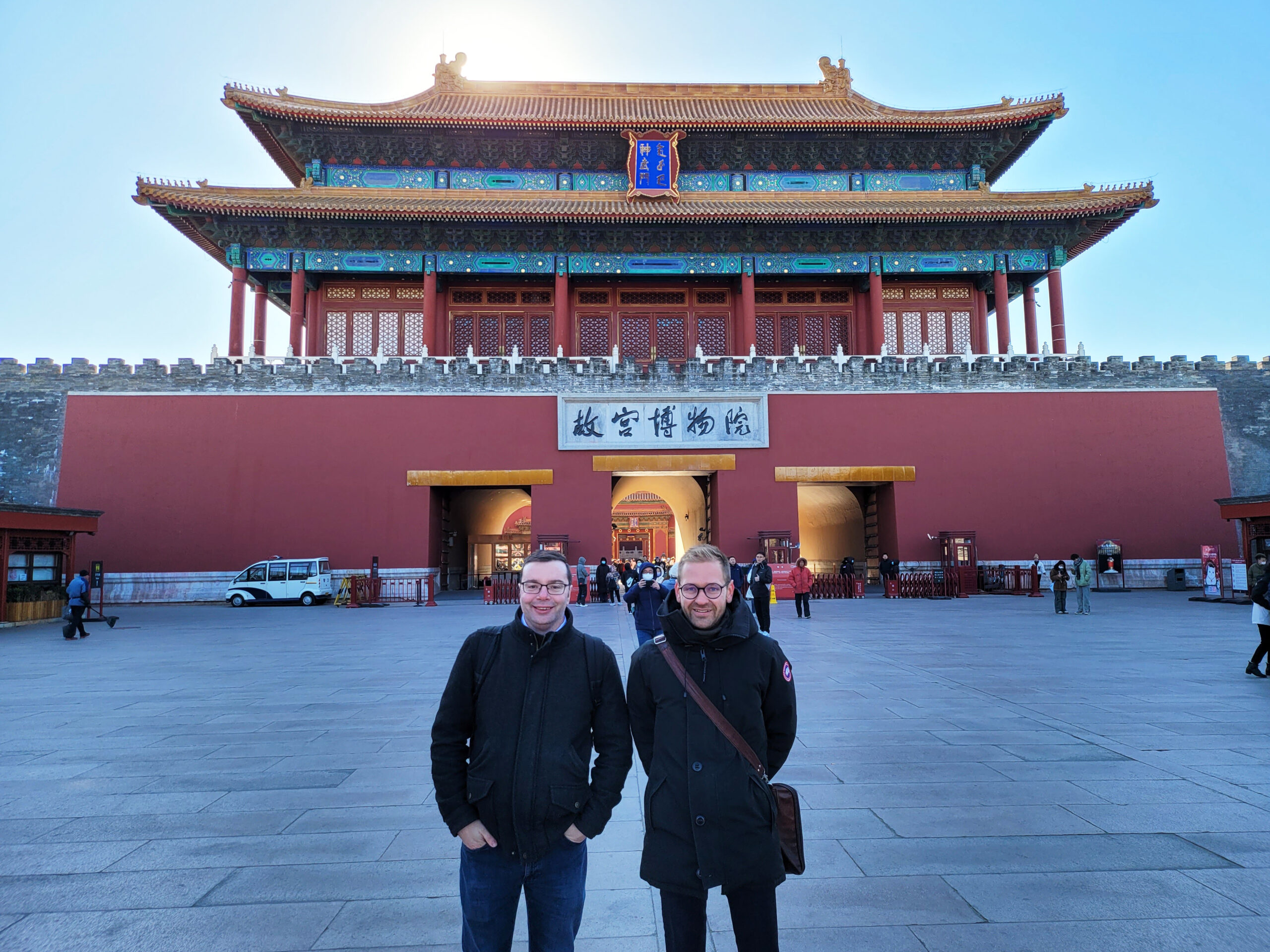Knowledge Hub
Exploring China’s BIM Landscape: Navigating Challenges & Fostering Collaboration
19/01/2024
In a globalised world, collaboration and knowledge exchange are vital for the advancement of Building Information Modelling (BIM) technologies and methodologies. BIMBox’s recent trip to China exemplifies this spirit of global collaboration and knowledge sharing. The journey, spanning several days, involved engaging with key players in China’s BIM landscape as part of the Reconmatic project, understanding their approaches, and contributing insights from the BIMBox’s expertise and more broadly the UK’s rich BIM journey.

BIM in China – Current Landscape
- Focus on 3D Modelling and Clash Detection
Currently, China’s BIM landscape primarily revolves around 3D modelling and clash detection. However, a noteworthy aspect is the retrospective nature of these activities. Most projects are still designed in 2D initially, with 3D modelling and clash detection applied later in the process.
- Material & Product Database and Innovation
Innovation in BIM in China is largely driven by educational institutions contributing a significant portion of research and development. One standout initiative is the State-funded construction product and material database developed by BIMSop, in this case, the Chinese take a different approach to innovation from that of Europe. This State-funded initiative is regarded as a single source of truth, avoiding competition between other bodies to implement variations of the same, allowing for standardisation of material and product templates across the region.
- Government-Led Approach and Standards Development
China’s BIM landscape reflects a top-down approach from the government, with the Chinese Association of Building Research (CABR) playing a pivotal role. CABR collaborates with the government to develop and write BIM standards, maintaining a similar trajectory to the global norm, particularly ISO 19650.
Key Engagements
Day 1
Our team’s trip kicked off with an engaging session with Jingjiang Liu from the CABR. Their discourse explored the intricacies of the main drivers and challenges shaping the implementation of BIM in the UK. Following this our team met with the China Association of Circular Economy (CACE). CACE, an advisory and certification board, providing recommendations on circular economy practices, BIM standards, and waste reduction in construction and demolition.
Their journey continued when they met with representatives from Beijing Guangyan Engineering Design and Research Institute and Beijing General Municipal Engineering Design and Research Institute (BMEDI), who are involved in designing standardized mechanisms for metro stations in over 40 cities across China.
Day 2
Le Cao, the Director of the Chinese Association of Building Research (CABR) BIM Centre hosted a comprehensive tour of their facility, offering insights into their operations, software development and ongoing projects. Presentations covered an introduction to BIM software, BIMBase, and other technological advancements, showcasing the strides China has taken in BIM.
BIMBox reciprocated by presenting the evolution of UK BIM standards and services, sparking interest in As-Built Reality Capture. The audience expressed a particular focus on Laser Scanning and a drone-based reality capture initiative, emphasising the need for comprehensive building data in light of worldwide building safety concerns.
Day 3
The visit culminated at the Supply Chain International Expo, where BIMBox presented alongside ten others on innovation around BIM and sustainability. Special thanks are extended to Arcas & Callisto for the facilitation of the trip and the CABR for their invitation, underscoring the collaborative nature of the trip.



